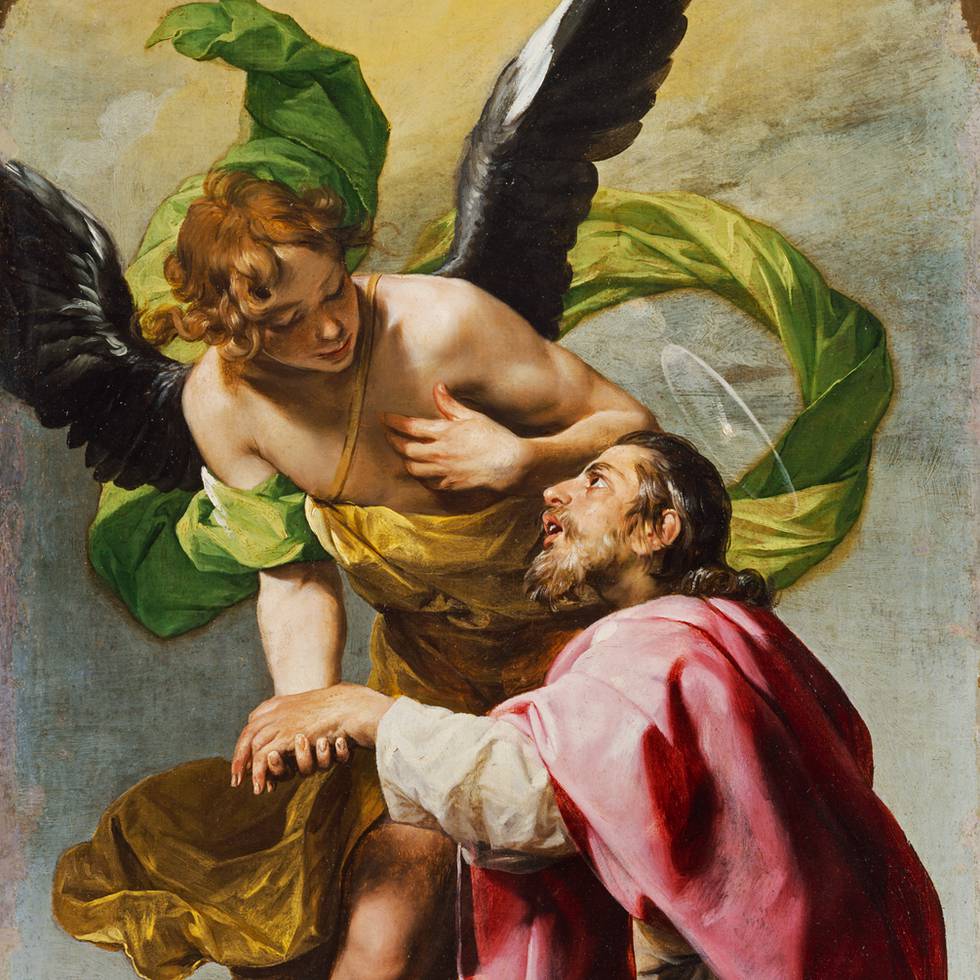[Research] The old Desert we call Representation
¶Camera Lucida
ò ≠ We left the desert behind (by Yiannis Katsaris and Natalie Katsou, 2019)

A talk with Yiannis explained the metaphorical wall that was presented to him while taking the pictures, he also explained how the subjects themselves presented a wall or a resistance against pictures taken of them, hence why the distance present in the pictures.
the barriers presented were as follow: Language, resistance from the subject [communicating this barrier than became also the part of the work]
this talk made me start to think about the walls in addition to the forth wall that a visual artist can encounter whilst especially attempting to represent someone or something, this thought stream about representation developed subconsciously as I walked out of the exhibition and to my next objective
è ≠ The Wallace Collection

The representation of the female figure, next to still (romanticised) life, beauty and power.
The female as the career, mother, object which could be sought after, it's important how these subjects were viewed and represented (it's also important to document how they are viewed today). A critical and evidence documentarian conversation could be engaged by this use of representation or how things were represented in general.
An idea for a future shoot could be where I go around and ask people about how human consciousness is represented in the present.
Representations of hierarchy and power. the roles of the two genders and their relation with other subjects and objects. romanticised everything, using beauty as a hook to document the aspects of history as the artist viewed it.
mastery of documenting a sense of a scene while still pointing out historical relevance. technical masterpieces, using composition, colour theory and realism to its advantage, points out a sense of life in a time in which compared to now, life seems a struggle but free (freedom to move, to explain, to convey adventure). a sense of living, every subject seemingly has a narrative yet they stand in time, in this case, a historical document of sorts, showing us the narrative of lifestyle even in a world where modernity was obsolete.
These paintings now serve as the "was". Event thought the artist intentions seem narratively backed - in a sense he/she had to tell this narrative to the world around them. it is done so with indifferent and skill of composition - meaning it shows the dark and the light. the work is multidimensional yet fiction in its roots. for it to be real it would be a mere document. this uses narrative (classical) to portray a sense of binary opposition which ironically are aspects of modernism. it turns out, no matter what time you are in, the artist it seems is all ways shouting about what is right and wrong in the world. what is beautiful and ugly.
perhaps one can change the world for the better by simply restating what is beautiful and ugly.
narratives of power, holy and unholy.
ò ≠ We left the desert behind (by Yiannis Katsaris and Natalie Katsou, 2019)

A talk with Yiannis explained the metaphorical wall that was presented to him while taking the pictures, he also explained how the subjects themselves presented a wall or a resistance against pictures taken of them, hence why the distance present in the pictures.
the barriers presented were as follow: Language, resistance from the subject [communicating this barrier than became also the part of the work]
this talk made me start to think about the walls in addition to the forth wall that a visual artist can encounter whilst especially attempting to represent someone or something, this thought stream about representation developed subconsciously as I walked out of the exhibition and to my next objective
è ≠ The Wallace Collection

The representation of the female figure, next to still (romanticised) life, beauty and power.
The female as the career, mother, object which could be sought after, it's important how these subjects were viewed and represented (it's also important to document how they are viewed today). A critical and evidence documentarian conversation could be engaged by this use of representation or how things were represented in general.
An idea for a future shoot could be where I go around and ask people about how human consciousness is represented in the present.
Representations of hierarchy and power. the roles of the two genders and their relation with other subjects and objects. romanticised everything, using beauty as a hook to document the aspects of history as the artist viewed it.
mastery of documenting a sense of a scene while still pointing out historical relevance. technical masterpieces, using composition, colour theory and realism to its advantage, points out a sense of life in a time in which compared to now, life seems a struggle but free (freedom to move, to explain, to convey adventure). a sense of living, every subject seemingly has a narrative yet they stand in time, in this case, a historical document of sorts, showing us the narrative of lifestyle even in a world where modernity was obsolete.
These paintings now serve as the "was". Event thought the artist intentions seem narratively backed - in a sense he/she had to tell this narrative to the world around them. it is done so with indifferent and skill of composition - meaning it shows the dark and the light. the work is multidimensional yet fiction in its roots. for it to be real it would be a mere document. this uses narrative (classical) to portray a sense of binary opposition which ironically are aspects of modernism. it turns out, no matter what time you are in, the artist it seems is all ways shouting about what is right and wrong in the world. what is beautiful and ugly.
perhaps one can change the world for the better by simply restating what is beautiful and ugly.
narratives of power, holy and unholy.
Comments
Post a Comment